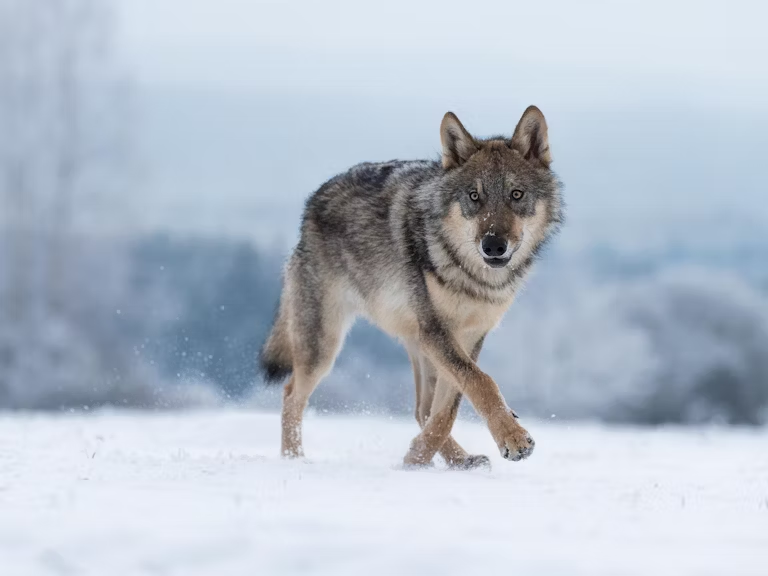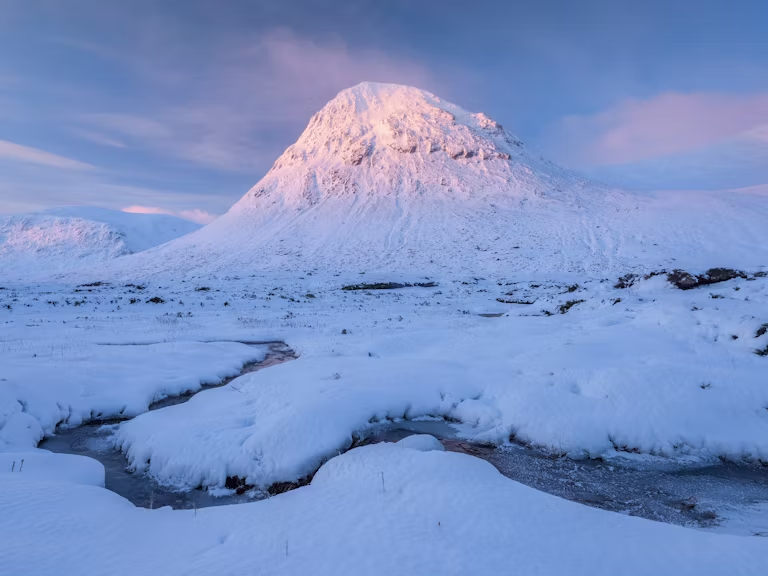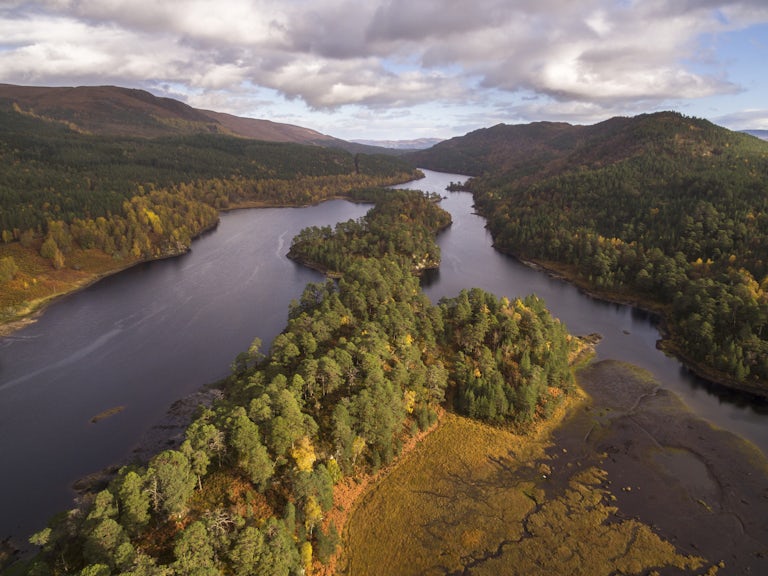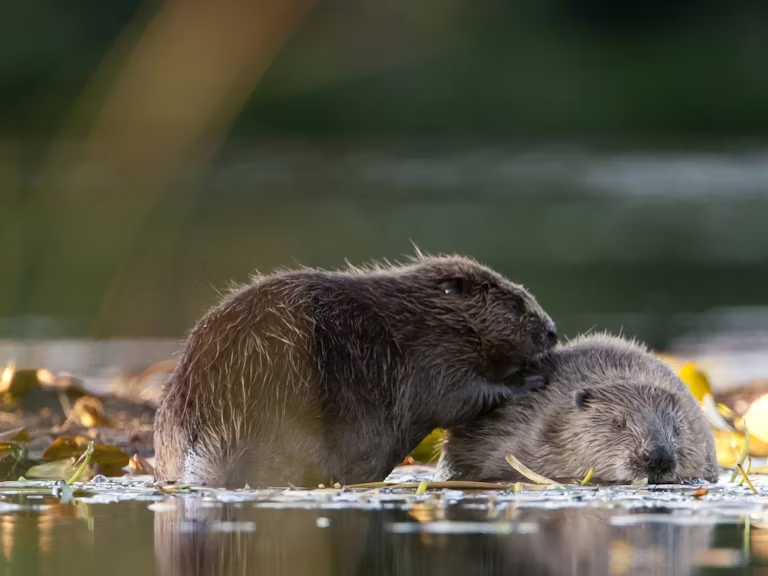The role of grazers and browsers
Grazing and browsing animals, especially the larger mammals, perform a vital role in shaping our landscapes and driving natural processes.

Wild herbivores have been driving and shaping the evolution and diversity of species, habitats and ecosystems in Britain for millennia. Understanding the ecological functions of species such as elk, horse and bison is an important part of rewilding.
Many key species, such as the aurochs, are globally extinct. Some, such as the elk, are alive and well in parts of Europe. Others, like the wild boar, are here in an unofficial capacity. Native breed domestic species of cattle, horses and pigs, may approximate the functional role of their wilder cousins. Rewilding projects across the country, from Knepp to Alladale, have shown the incredible impact of herbivores on biodiversity.
Herbivores are the vegetarians of the animal world. They include the tiny, such as aphids, to the massive, such as elephants. In a rewilding context we’re mostly focused on the big mammals. They have a big impact on the rest of nature, shaping and driving natural processes in all sorts of ways. And each herbivore is slightly different, shaping the land in different ways. Diversity boosting diversity.
“Big mammals have a big impact on the rest of nature, shaping and driving natural processes in all sorts of ways”
Biology of herbivory
Unlike carnivores, herbivores don’t have to chase or trap their meal. In most places, plants are plentiful and they’re easy for herbivores to reach. But they’re also difficult to digest and are equipped to defend themselves in many different ways. Herbivores have therefore evolved a variety of characteristics, and developed novel behaviours, to handle vegetation and satisfy their diet.
Different herbivores make use of different plant parts. Some eat grass and other herbaceous plants and are known as ‘grazers’. Others eat different parts of woody vegetation and are known as ‘browsers’. Others still are adapted to eat plant roots, fruits, seeds, pollen, nectar, or a mixture of these. Eating different plant parts enables a lot of different types of herbivores to live in the same place without directly competing with each other for food.
Big herbivorous mammals have evolved different key features for eating plants like mouth shape, tooth structure, and digestive system. Animals with big wide mouths (think cow or its wild ancestor the mighty aurochs) are more suited to grazing. They can get big mouthfuls of easy-to-reach but difficult-to-digest grass with each bite. Animals with narrower mouths (think deer species like red and roe deer) tend to be precision browsers capable of getting at leaves and avoiding spiny and thorny defences. But this is a general characterisation, deer also graze and cows browse.
Herbivores have broad teeth that act as grinding plates that start the difficult process of breaking down plants for digestion. Breaking down plant cell walls is hard. In fact, it can’t be done without some bacterial fermentation within the digestion process. Ruminants, such as cows and deer, have the most sophisticated digestive system. This includes stomachs comprising four compartments, and chewing the cud.
The efficient systems of ruminants make the most of the food they eat, but they produce more methane in the process — a greenhouse gas contributing to global warming. Hindgut fermentation, seen in horses, is less effective but faster so more food can be consumed and processed. Animals with hindgut fermentation tend to be bulk feeders and less fussy about what they eat.
How herbivores help rewilding
All this biology provides important context for the role of herbivores in rewilding. Nature is naturally dynamic, and changes over time according to the interactions between the plants and animals present.
For example, succession (the process of taller and more competitive plants replacing others over time) if left undisturbed, eventually leads to the tallest plants able to survive in that location establishing themselves (usually trees). Herbivores influence this succession. Hungry browsers nibbling the tops of saplings halt the growth of shrubs and trees. This can prevent woodland forming and keeping the vegetation open. How much this happens in any given landscape depends on how many, and which type, of herbivores are present.
Herbivores can also influence which species grow where. Big herbivores are important seed dispersers. They travel long distances (and typically the bigger the animal the further it moves), transporting seeds on their shaggy fur and excreting them in their fruit-filled dung.
Herbivores can alter the playing field for plants by selectively eating some species and not others. Those species with physical and chemical defences (an attempt to make them difficult to eat and less palatable) become more competitive when herbivores are about. Rootling behaviour, classically done by wild boar turning over the vegetation and exposing the soil while looking for roots and insects, gives new opportunities for rapid colonisers of the plant world.
All these little disturbances all over the place are important because diversity creates diversity. A greater diversity of conditions will support a greater diversity of species. A varied mix of large herbivores on the land helps create that diversity of conditions. The system gets even more complex and diverse when big predators are part of it. They influence the numbers and behaviour of herbivores.
Key grazers – deer, elk, bison, boar
-

© Iain Leach / Wildscreen -
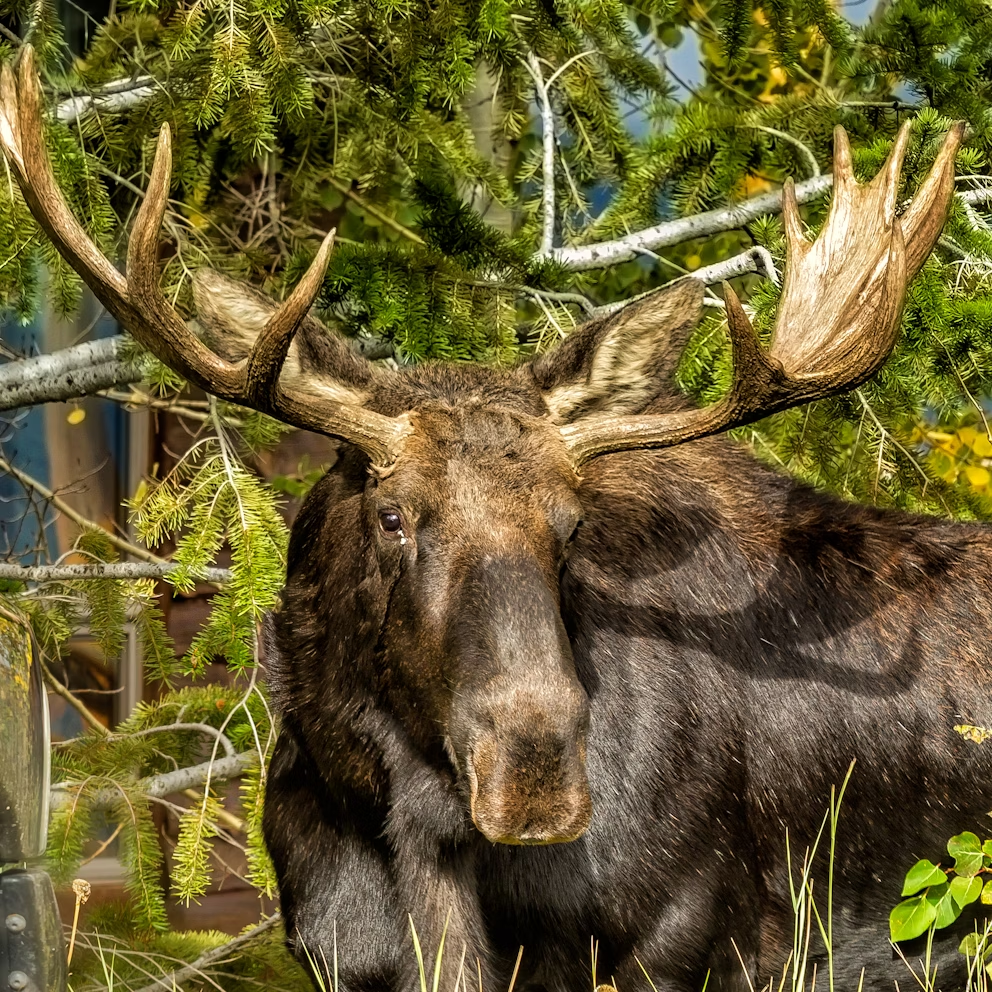
© Belinda Greb / Wildscreen -
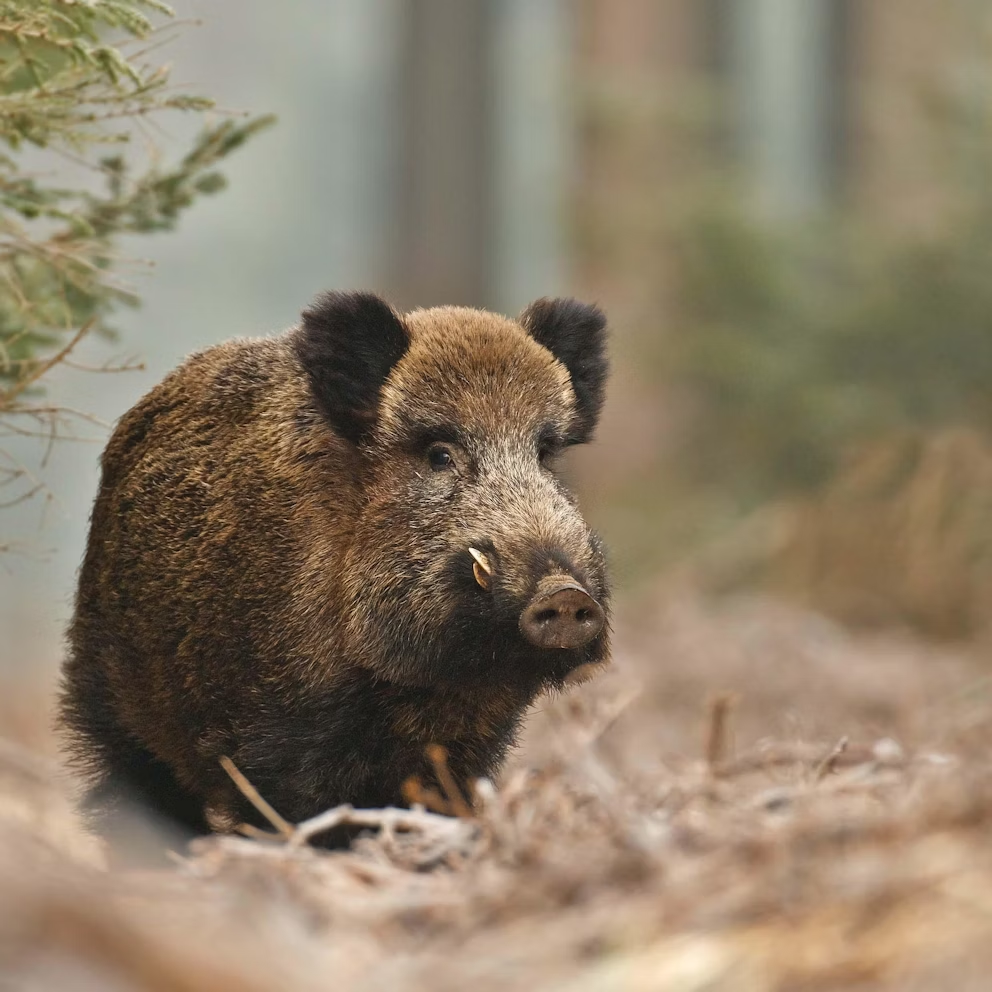
© Shutterstock -
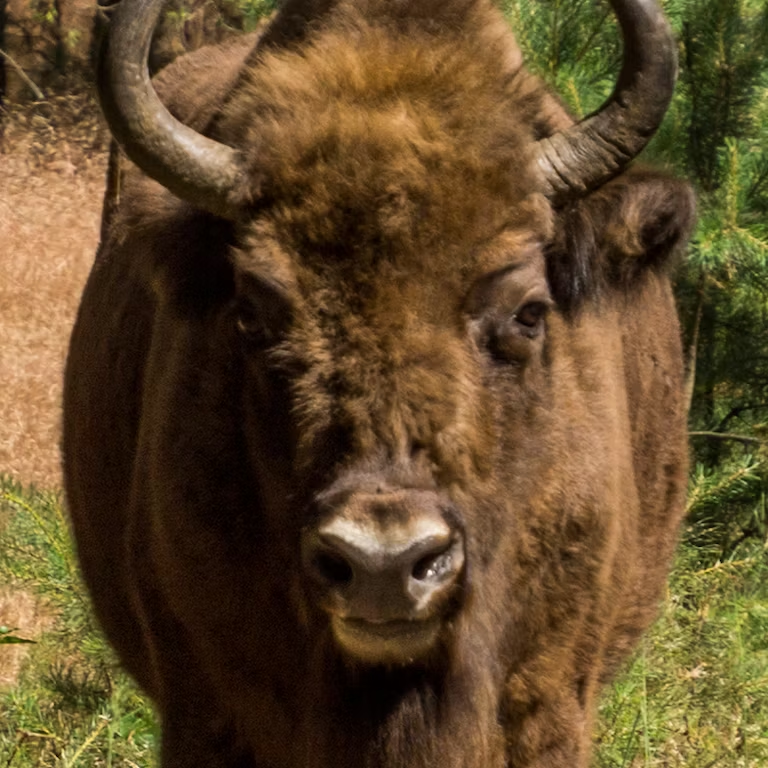
© Susan Wright
A nervous herbivore keeping its eyes peeled for a predator is a less efficient and thorough feeder. They’re less likely to linger, which gives saplings a better chance at establishing in more places. This is one of the reasons why the introduction of wolves to Yellowstone had such a massive impact on the landscape (see How Wolves Changed Rivers).
Collectively, this really matters for the whole ecosystem. Herbivores affect the type of habitat available and so determine which species can survive and thrive. Herbivore-driven processes also affect the amount of carbon being stored in the plants above ground, and in the soil below ground. They can change fire dynamics by affecting the amount of flammable material there is. The type of vegetation growing affects albedo (the reflectiveness of the Earth’s surface, which is one of the factors affecting climate change).
It’s all fascinating but far from simple. Some general rules of thumb can help us understand how different types of herbivores drive these processes, but everything can behave differently in different places and circumstances.
Evolution has made nature a complex and diverse system. Taking species out of the system, which has happened in Britain over thousands of years, has reduced that complexity. This can lead to parts of the system unravelling and a further loss of species. Herbivores are just one part of nature’s complex workings, but if we want to restore nature to its diverse and dynamic best then the importance of big herbivores cannot be ignored.

Demand a wilder future for our land
Send a message to the UK Government – it’s time to put nature in the frame. It only takes two minutes.
Add your name
Our vision
We have big ambitions. Find out what we’ve set out to achieve through rewilding.
Our vision
